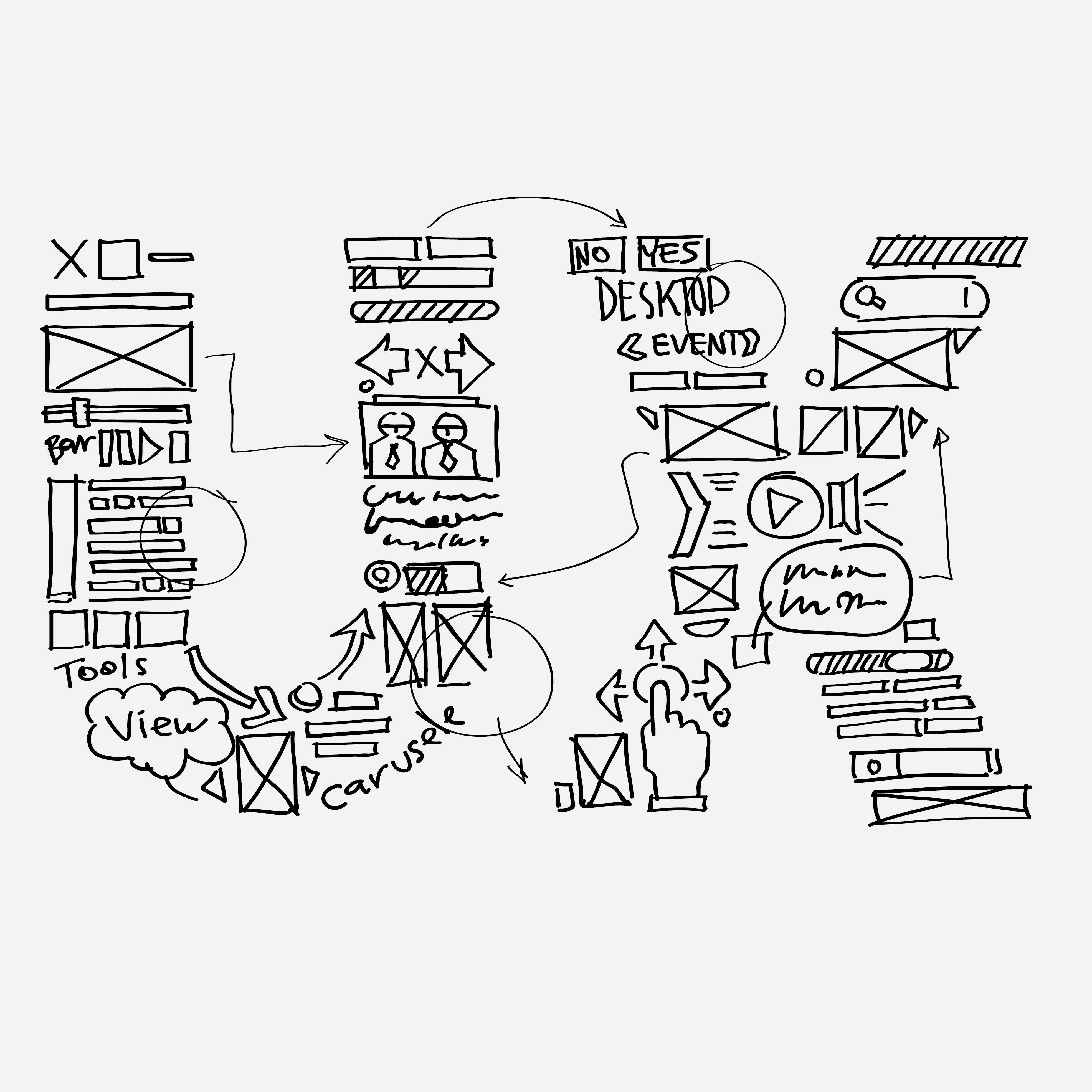
THE CURRENT STATE OF INTELLIGENT USER INTERFACE
The journey of user interfaces is the journey of our interaction with the technology that surrounds us and allows us to do so many wonderful things that wouldn’t be possible just a few years ago. Many people who grew up with computers remember the time when a “green screen” simple command line interface (CLI) was enough to tell the computer everything the user wanted it to do. Even though I graduated college in 2002, my first job at FedEx Ground had me spending numerous hours of my day in a Korn Shell, Bash Shell, or AS/400 terminal window navigating enterprise class systems and data sets.As we moved beyond text into the era of graphics, the direct manipulation or WIMP (windows, icons, menus, and pointing) interfaces became the new norm. Their advantage was great discoverability, suitability for multi-tasking, and a certain level of intuitiveness. This same type of user interface has proved to be equally suitable for personal computers, smartphones, and even our home entertainment systems.
However, we are quickly reaching a point where the graphical user interface won’t allow us to take a full advantage of the ever-increasing capabilities of modern artificial intelligent systems backed by big data analysis and a human-like comprehension. We need more effective, efficient, and natural interfaces to support access to information, applications, and people, explains Morgan Kaufmann in Intelligent User Interfaces: An Introduction.
This new type of user interface, the intelligent user interface (IUI), should allow for “the comprehension of possibly imprecise, ambiguous, and/or partial multimodal input; generation of coordinated, cohesive, and coherent multimodal presentations; semi- or fully automated completion of delegated tasks; and management of the interaction (e.g., task completion, tailoring interaction styles, adapting the interface) by representing, reasoning, and exploiting models of the user, domain, task, and context,” explains Kaufmann.
What Are Intelligent User Interfaces (IUIs)
Intelligent User Interfaces: An Introduction defines IUIs as “human-machine interfaces that aim to improve the efficiency, effectiveness, and naturalness of human-machine interaction by representing, reasoning, and acting on models of the user, domain, task, discourse, and media (e.g., graphics, natural language, gesture).”Naturally, the process of designing and implementing an IUI is a multidisciplinary endeavor, which lies at the intersection of human-computer interaction (HCI / HCD), ergonomics, cognitive science, and artificial intelligence, among other disciplines.
A well-executed IUI must be able to accurately analyze user’s input in one or several of following forms: spoken, typed, or handwritten language; and various gestures. Once the input is processed, the system formulates an output and, optionally, takes into consideration predictions how the interaction could continue, just like we humans do without even thinking about it.
The earliest examples of true IUIs follow the publication of the famous Turing test, developed by Alan Turing in 1950 to test a machine’s ability to exhibit intelligent behavior equivalent to, or indistinguishable from, that of a human. Many subsequent intelligent tutoring systems, such as PLATO (Programmed Logic for Automatic Teaching Operations) were developed for educational purposes and used by universities and government institutions.
While these systems are virtually unknown by the general public, there is one example of IUI that’s deeply engraved into the memory of everyone who is, at least, 20 years old. It is the infamous Office Assistant from Microsoft Office 2000/XP/2003, also known as Clippy. The paperclip was designed to give context-appropriate suggestions and tips to users based on their current actions. It was ultimately disabled in Office XP due to its unpopularity and completely removed in Office 2007.
IUI Versus CUI
With the rise of products such as Amazon Echo, Apple Siri, Microsoft Cortana and Google Now, we have gained the ability to accomplish many everyday tasks just by simply talking with our devices. In his article for Wired.com, Ron Kaplan calls this new user interface paradigm “the conversational user interface”.He goes on to say, “This is the interface of the future, made even more necessary as computing propagates beyond laptops, tablets and smartphones to cars, thermostats, home appliances and now even watches … and glasses.” Ron continues by stating that “It’s “intelligent” because it combines these voice technologies with a natural-language understanding of the intention behind those spoken words, not just recognizing the words as a text transcription. The rest of the intelligence comes from contextual awareness (who said what, when and where), perceptive listening (automatically waking up when you speak) and artificial intelligence reasoning.”
For all practical purposes, CUI is a sub-category of IUI. We will see very shortly that it definitely isn’t the only one.
The Road Ahead
We still have a long road ahead of us before IUIs become widely used for common applications. Kristina Höök charted how this journey will look like in her paper titled Steps to take before Intelligent User Interfaces become real:“Unfortunately, there are a number of problems not yet solved that prevent us from creating good intelligent user interface applications: there is a need for methods for how to develop them; there are demands on better usability principles for them; we need a better understanding of the possible ways the interface can utilize intelligence to improve the interaction; and finally, we need to design better tools that will enable an intelligent system to survive the life-cycle of a system (including updates of the database, system support, etc.).” Numerous Natural Language Processing (NLP) vendors claim to have an intelligent product, however we are still years away from a comprehensive solution to be regularly available.
Despite the numerous challenges, substantial advancements are being made every year by researchers, tech pioneers, and enthusiasts from all over the world. The next big thing for the IUI is ACM IUI 2017, which is the 22nd annual meeting of the intelligent user interfaces community. This time, the event will take place in the St. Raphael Resort in Limassol, Cyprus.



